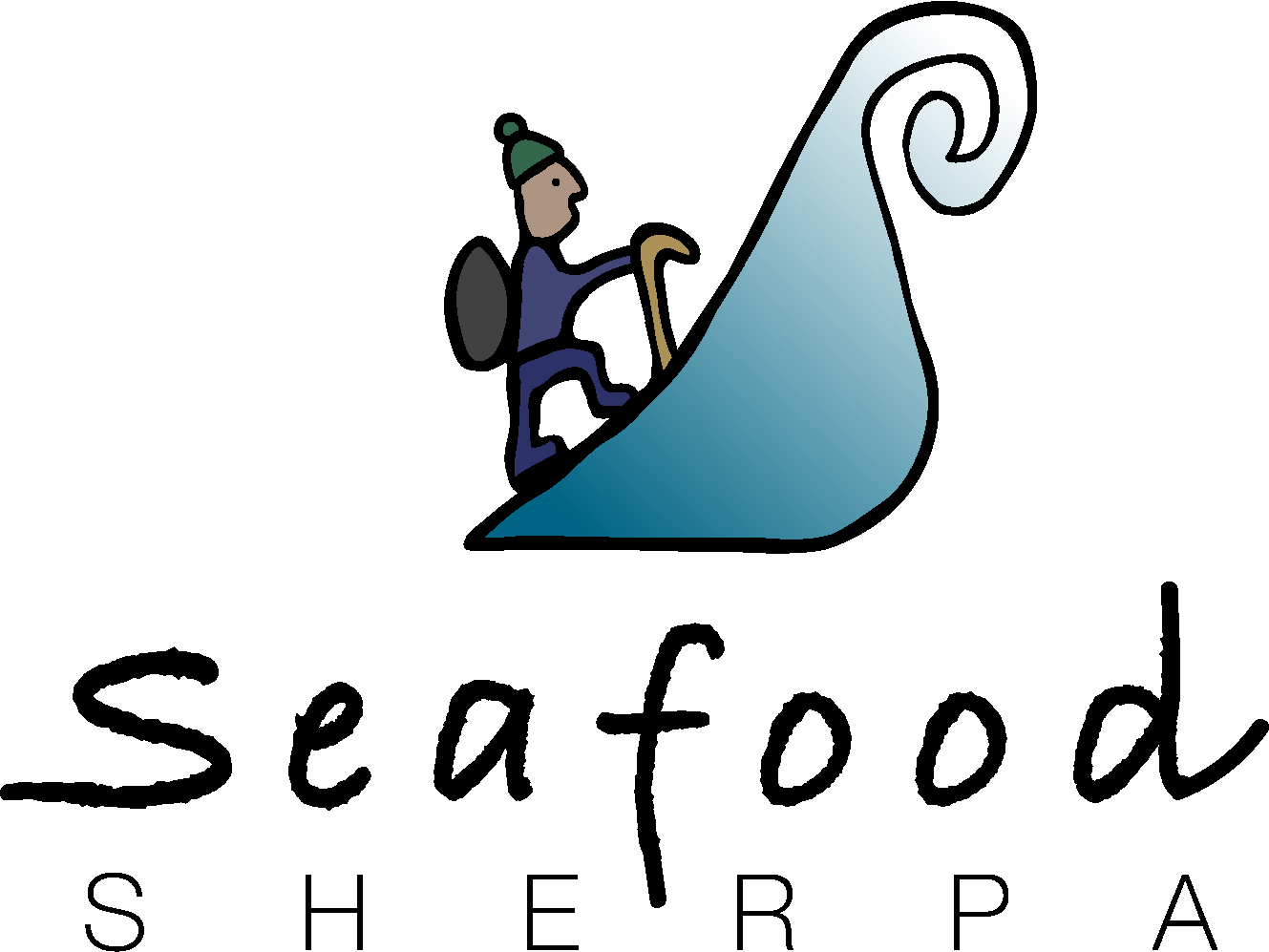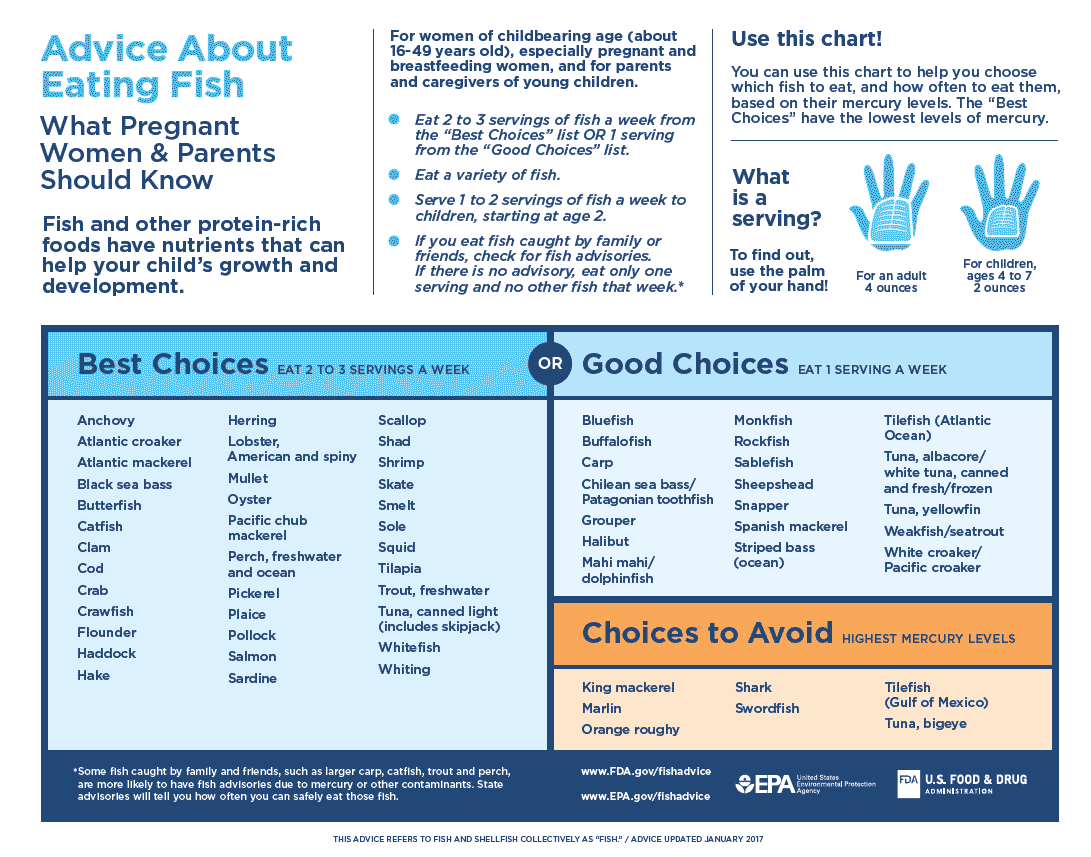IN DEFENSE OF AQUACULTURE
I participate in a lot of online groups and seafood forums. Like much of social media, these forums often have members who have strong opinions based on no actual knowledge. There are many misconceptions being shared everyday among seafood consumers. The most common one that I encounter is the belief that farmed seafood is always inferior. There are many variations on this theme. Some claim that farmed seafood is full of mercury, while others claim that fish farms are ecologically irresponsible. Some claim that it is inhumane or that it is nutritionally inferior. There is a grain of truth to each of these claims. Much of it is based on historical problems with aquaculture in general, but aquaculture has come a long way in the last 20 years. Each of these claims becomes less true every day.
Toxins
Mercury is the most commonly mentioned toxin and is present in many types of fish, as well as beef and milk. The common misconception is that aquacultured fish contain extremely high levels of mercury and PCBs. That may have been true in the past in certain areas. This would have been caused by the use of feeds that contained high levels of mercury or from environmental exposure, but this is much less common today. In general, fish that are suitable to aquaculture are not high risk for mercury. Fish like tilapia are herbivorous fish that are naturally low in mercury. The fish that are the highest risk for mercury are generally too big for aquaculture. The top five fish for mercury risk are swordfish, king mackerel, tilefish, shark, and tuna. Of these, only tuna is farmed and these are not widely available for consumers yet. Data for tuna is sparse, but given the method, which is typically open water net pens, the mercury level should be similar to wild caught tuna. In general, almost all American farmed fish are fairly well regulated and considered safe. The Washington State Department of Health reports that there is no difference in the levels of contaminants in farmed versus wild caught salmon from Washington. This is in part due to strict limits on the levels of contaminants in feed for farmed fish. Since the feed can be controlled by farmers, levels are consistent and predictable. For most farmed or wild fish, just follow standard consumption recommendations. Here is what the FDA recommends:
Environmental Impact
There is no denying that there are some seafood farming operations that are damaging to the environment. US aquaculture operations are well regulated so this is less common with domestic farmed fish. US providers are on the cutting edge of environmentally responsible fish farming. They have made advancements in mortality rates and disease control. They have improved feeding methods to reduce waste and have improved pens to reduce the incidence of fish escaping. Fish are tested prior to being introduced to the water, so that they will not introduce new diseases into the ecosystem. Deeper water enclosures are becoming more prevalent. Deep water and strong currents help to reduce the impact of fish waste on the sea floor. You may need to do a little research to make sure you are buying fish that are farmed responsibly, but the information is readily available. Use www.seafoodwatch.org to look up your specific source, or look for the MSC or ASC logos. For a more complete explanation of this topic, see our blog from 1/2/18.
Quality of Life
Sometimes, people mention that fish farms are inhumane, and at one time, that was true for some species, particularly freshwater species. Densities of fish in fish farms in the past have been excessively high, causing fish to live in overly polluted water, which farmers would combat with chemicals. As aquaculture technology has improved, it has become clear that lower densities improve mortality rates, growth rates, and reduce disease propagation. As it turns out, treating fish better makes higher quality fish. Many farmed fish are well fed, protected from predators, and kept in clean water. As with the environmental concerns above, domestic fish are generally handled humanely, while imported fish, particularly those from Asia may not be.
Nutritional Value
According to the Washington State Department of Health, farmed fish are nutritionally generally the same as wild caught fish. Their study covered salmon in particular and stated that the feed formulations have changed to include more vegetable matter over time, but that they are supplemented with fish oil. As a result, farmed salmon contain Omega 3 fatty acid levels at or above those of wild fish. They are higher in fat, but much of that is good fat, and they are otherwise nutritionally very similar. Many are raised in their native waters and simply concentrated in pens, so the water quality and incidental forage feeding is the same. With farmed fish, the nutritional value is a product of the quality of the feed. Search for a trusted provider and do a little research. Many of these are extremely transparent about their methods. For example, take a look at www.openblue.com. They are a leading producer of Cobia. You can learn a lot from their website. When making your own purchasing decisions look for producers that are independently certified. The Aquaculture Stewardship Council is a good certification to look for. There are many branded farmed fish products certified by this group.
Conclusion
Aquaculture is a necessary contributor to our global food supply and will be an integral part of any global ocean management plan. With many of our wild fisheries at full utilization, we must shift our consumption to farmed fish to avoid overtaxing wild populations. In order to do that, we as consumers need to understand the facts and not fall victim to existing negative perceptions that are no longer valid in many cases. There are a lot of resources out there to help you make ecologically responsible decisions that are also good for your health. There are some good imported farmed fish sources, particularly in Europe and New Zealand. If you can’t do the research, look for a domestic source first, then to Europe, then Australia and New Zealand. Those are generally OK. If you have to purchase farmed fish from anywhere else, I strongly encourage you to do some research first because there are many bad sources, particularly in Asia.


